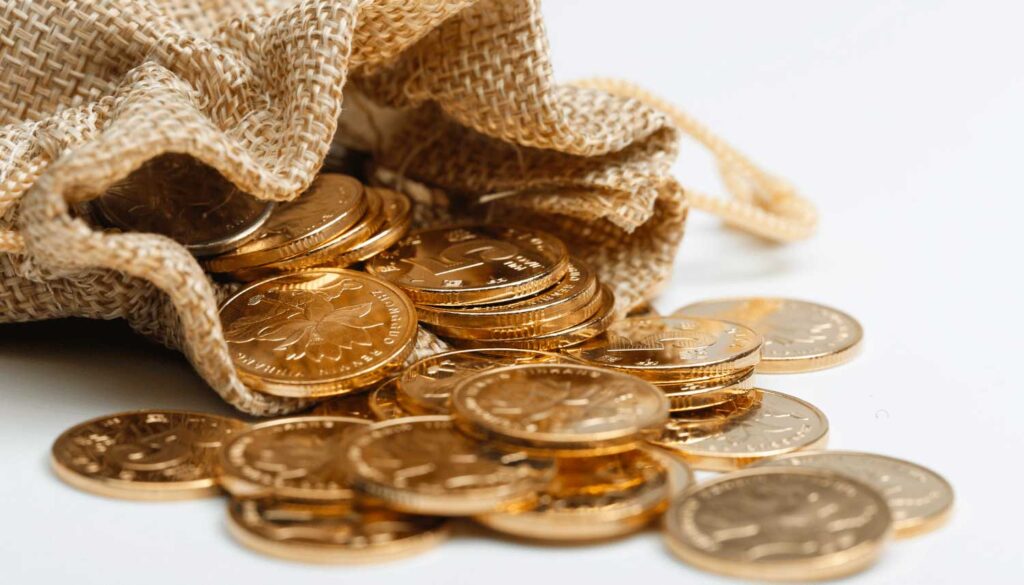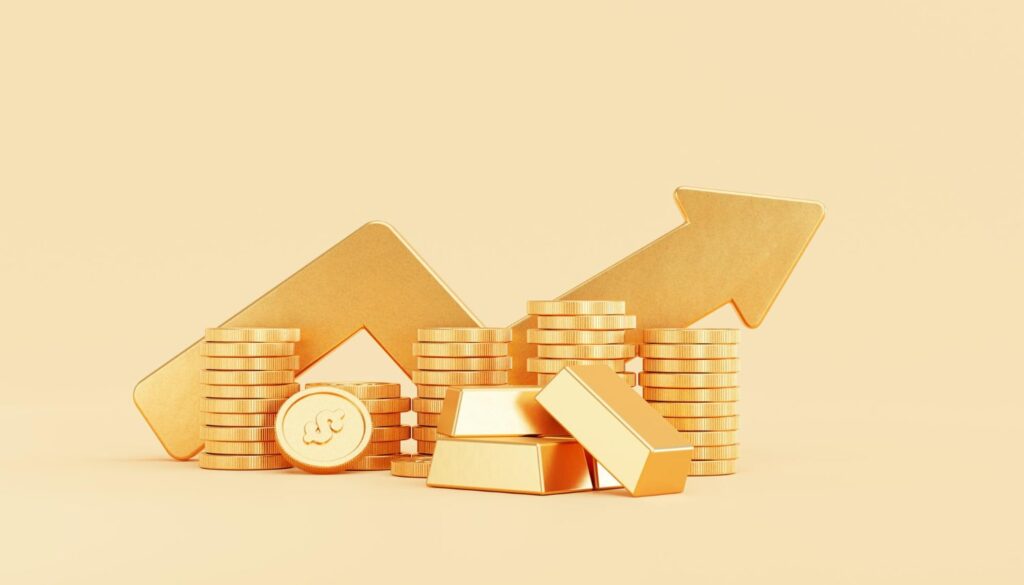October is known as the worst month for gold prices based on seasonality trends. This proved to be very true this year, as the precious metal suffered its worst monthly drop since May. However, gold bulls are not backing down as the safe-haven prepares to log its twelfth consecutive annual gain.
The price of gold fell about 3 percent last month, breaking its four-month winning streak. Despite starting November with its largest single-day decline in months, gold prices bounced back. Last week, the price of gold gained more than $55 to recapture the $1,700 level. While the presidential election and fiscal cliff focus appeared to weigh on the stock market, it was the best week for gold since January. All three major indices declined more than 2 percent on the week, helping gold to pull ahead of the S&P 500 on a year-to-date basis.
Precious metals certainly experience their share of ups and downs, but strong multi-year trends such as negative real interest rates, quantitative easing and demand remain in place. According to the Hong Kong Census Bureau via Zero Hedge, Chinese gross gold imports surged 30 percent in September to 69.7 tons. For the entire year, China has now imported 582 tons, more than the official holdings of India, the European Central Bank, Taiwan or Portugal. China is also bullish on silver. In October, Businessweek reported that silver demand in China is set to increase as much as 10 percent next year to a record.
Although the People’s Bank of China has not official disclosed any changes to its gold holdings in years, it is widely believed that the central bank is purchasing gold to diversify its reserve holdings. Goldcore notes that at the recent London Bullion Market Association gold conference in Hong Kong, Chairman David Gornall said, “When comparing China to the U.S., it would seem that in China, gold asset allocation can only go in one direction. The country has only 2 percent of its reserves in the form of gold, compared with the U.S. at 75 percent.”
Earlier this year, central bank buying reached record breaking amounts, with demand surging to 157.5 tonnes in the April through June period. This was the highest demand seen by central banks since the sector became net buyers of the safe-haven asset in 2009. It was a 63 percent increase from the first quarter and double the amount of tonnes purchased in the same period a year earlier. In September, Brazil increased its gold reserves for the first time since 2008.
Looking ahead, gold traders are the most bullish in nearly three months. Twenty-five of 33 analysts surveyed by Bloomberg expect prices to increase this week. While this may well in fact serve as a contrarian indicator in the short-term, the long-term trend of fiat currency abuse remains intact. Daniel Briesemann, a commodities analyst at Commerzbank explains, “Obama is a supporter of Bernanke and his re-election means that the ultra-loose monetary and fiscal policies by the Fed will continue. More and more liquidity will be put into the system and therefore there’ll be inflation fears and concern about currency devaluation,” according to Bloomberg. Interestingly, November is one of the best months for gold and silver.
Eric McWhinnie – Wall Street Cheat Sheet – November 13, 2012






